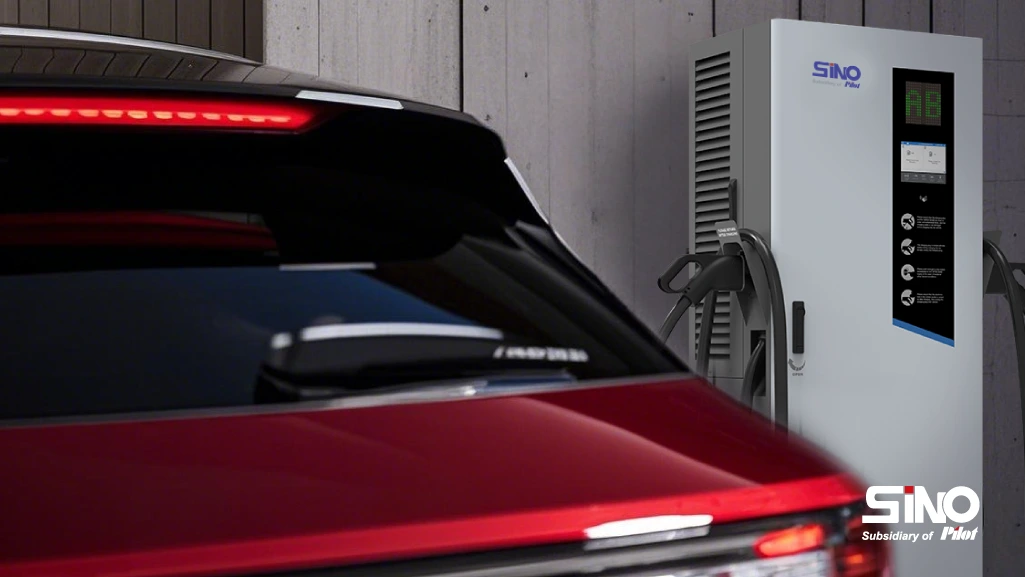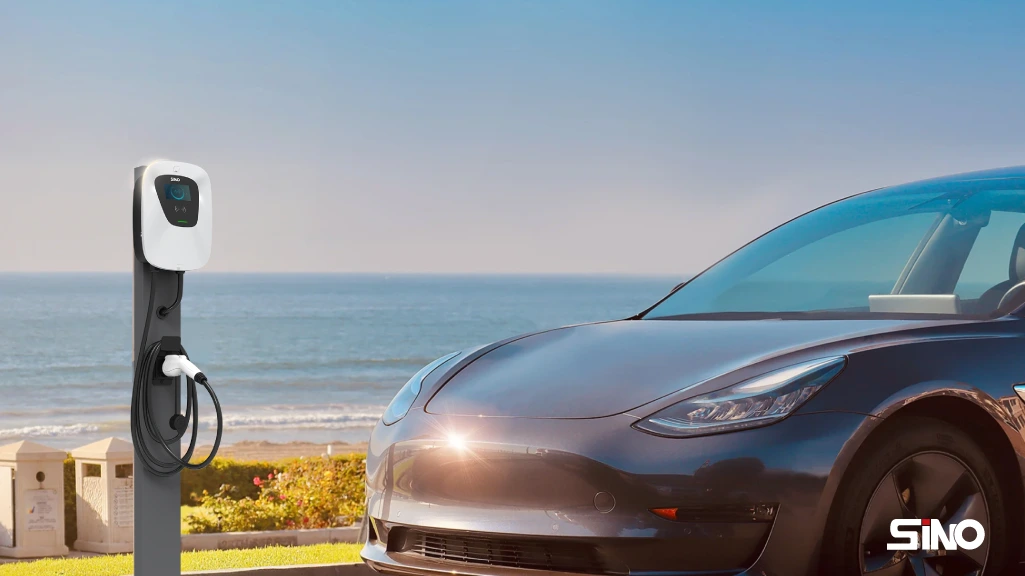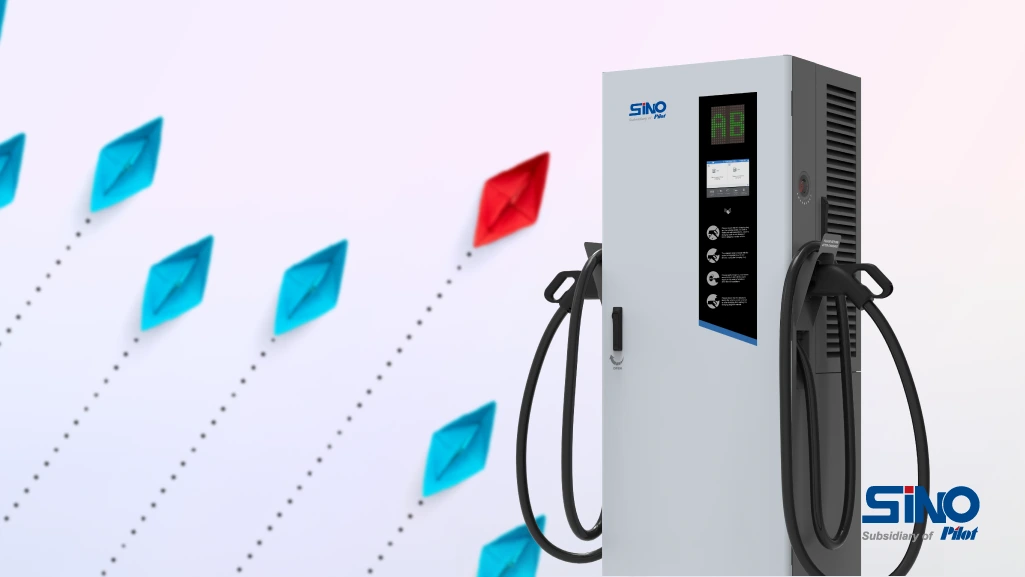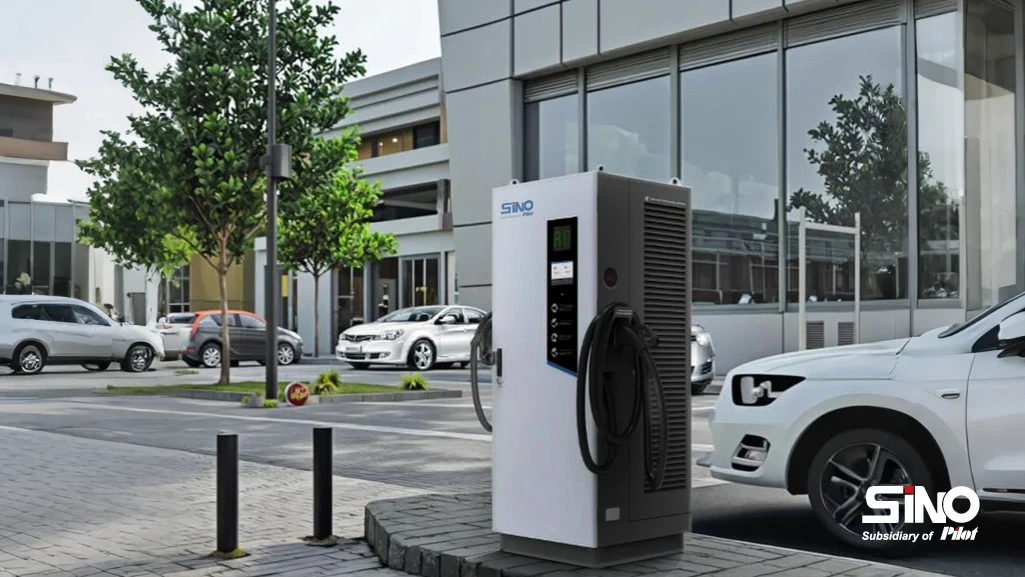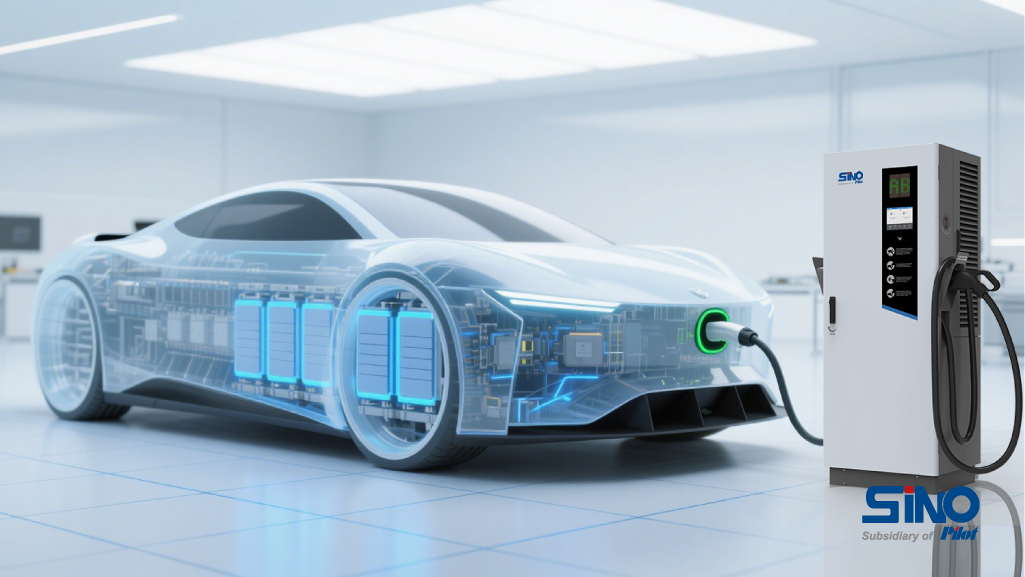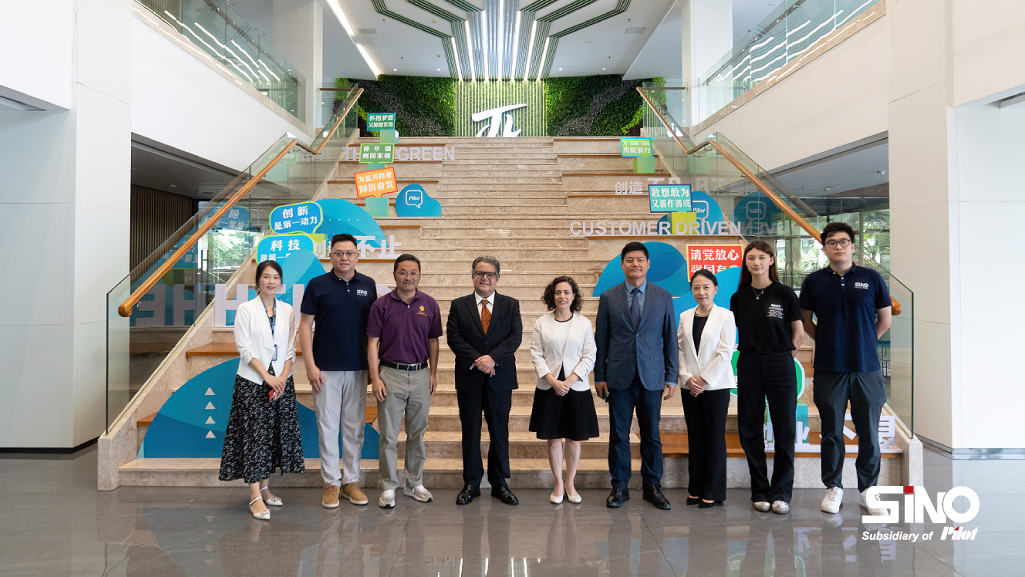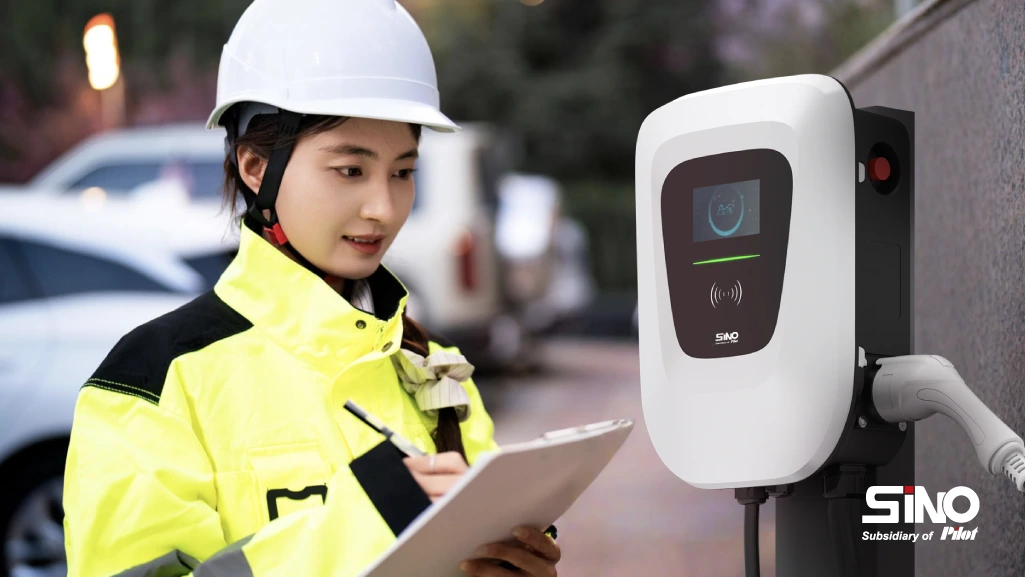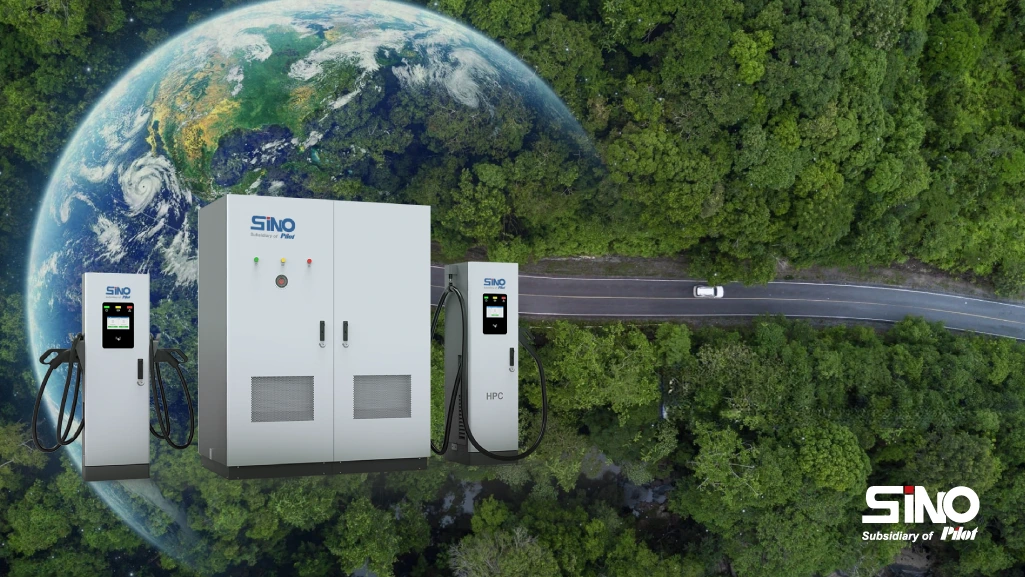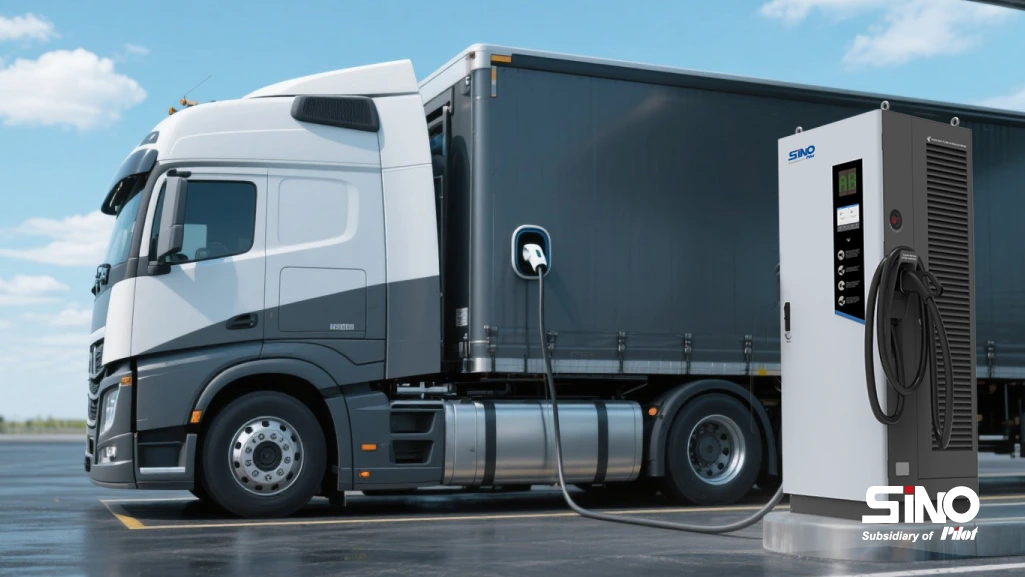In recent years, the automotive industry has experienced significant changes, primarily driven by the swift adoption of electric vehicles (EVs). What began as a niche market now has evolved into a global trend, fundamentally altering our perspectives on transportation. In this article, we are going to explore the key factors contributing to the rapid advancement of EVs.
Technological Breakthroughs: The Powerhouse of Progress
Advancements in Battery Technology
At the core of every electric vehicle (EV) is its battery, and recent advancements in battery technology have significantly transformed the industry. Lithium-ion batteries, which are currently the standard, have undergone continuous enhancements in energy density. This improvement allows EVs to store more energy in a smaller and lighter format, resulting in longer driving ranges. For example, many contemporary EVs can now travel over 300 miles on a single charge, alleviating the previous concerns around “range anxiety” among consumers.
In addition, researchers are actively investigating alternative battery chemistries, including solid-state batteries. These batteries hold the promise of even greater energy densities, quicker charging times, and improved safety features. Once they become commercially available, they have the potential to redefine the EV market, making electric vehicles even more attractive to consumers.
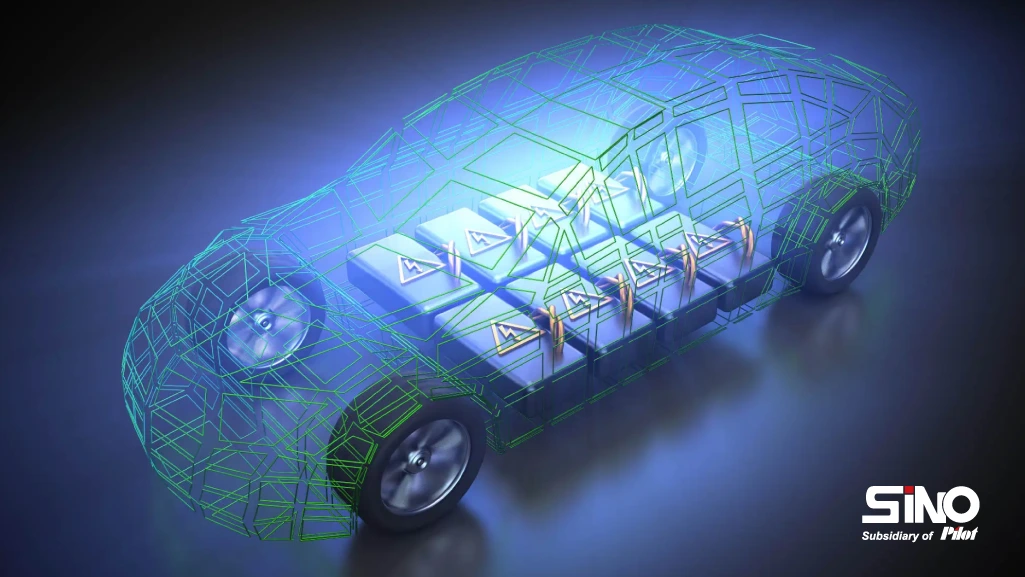
Optimization of Electric Motors and Drive Systems
The efficiency of electric motors and drive systems has also seen notable progress. Modern electric motors are not only more powerful but also more energy-efficient, providing instant torque for a smooth and responsive driving experience. Advanced motor control technologies enable precise power delivery, enhancing energy efficiency and extending the vehicle’s range.
Policy Support: Driving the Electric Vehicle Revolution
Government Incentives
Around the globe, governments are increasingly recognizing the significant role electric vehicles (EVs) can play in reducing carbon emissions and fostering sustainable transportation options. To encourage consumers to make the switch to EVs, a wide range of incentives has been introduced, including purchase subsidies, tax credits, and exemptions from certain fees.
In the United States, for instance, buyers of new electric vehicles can benefit from a federal tax credit. Additionally, numerous states offer supplementary incentives, such as rebates and reduced registration fees. In China, the largest EV market in the world, a robust subsidy program has notably decreased the cost of electric vehicles for consumers.
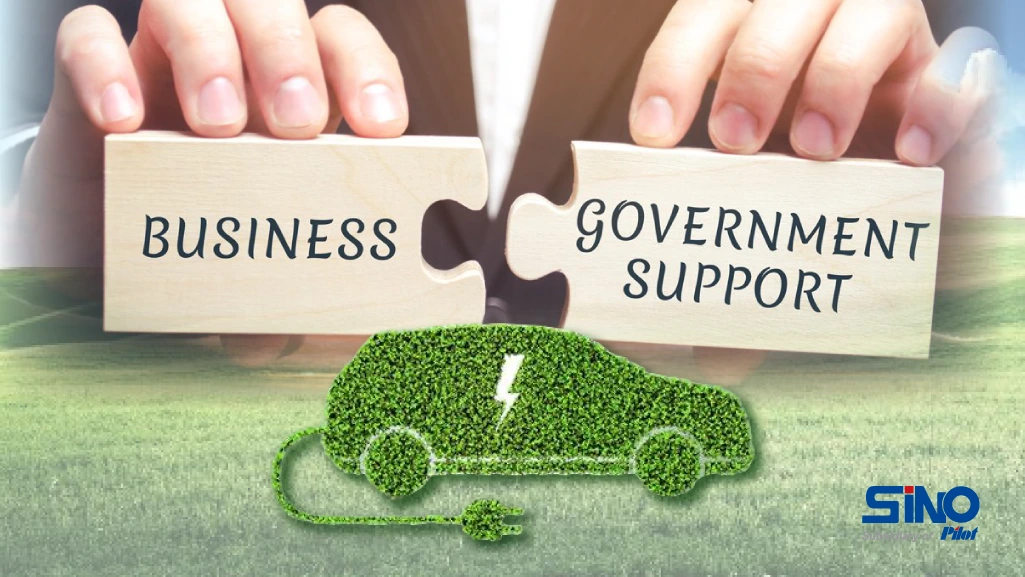
Emission Regulations
Stricter emission regulations have also been pivotal in advancing the adoption of electric vehicles. As nations commit to addressing climate change, they are implementing rigorous limits on carbon dioxide and other pollutants emitted by vehicles. Traditional internal combustion engine vehicles often struggle to meet these evolving standards, while EVs present a clear zero-emission alternative.
For example, the European Union has established ambitious goals aimed at cutting CO2 emissions from new cars and vans. Automakers that fail to comply with these targets face considerable fines, prompting many major manufacturers to expedite their EV development and redirect their production towards electric models.
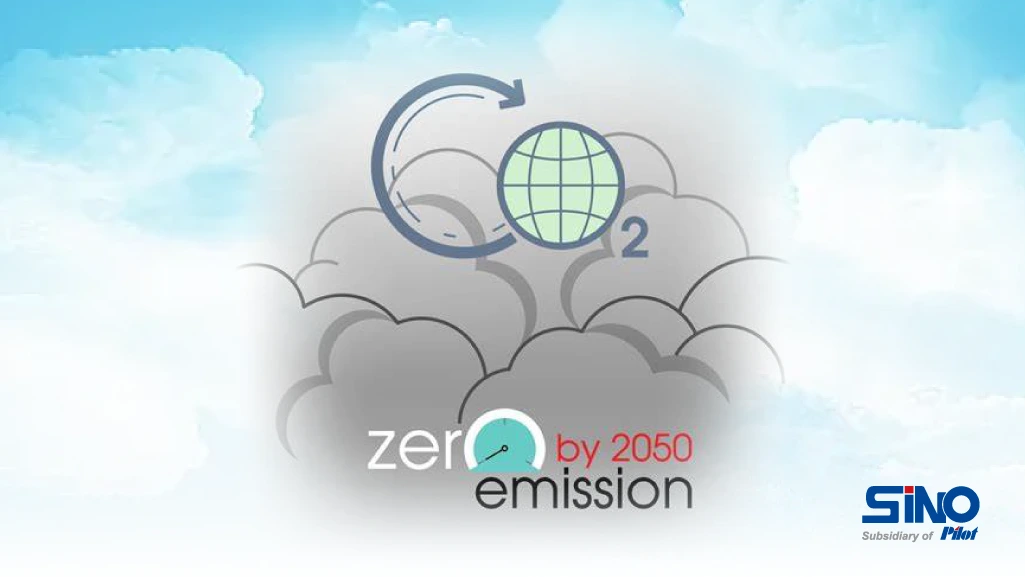
Growing Market Demand: A Shift in Consumer Preferences
Environmental Awareness
As awareness grows regarding the environmental effects of traditional gasoline-powered vehicles, more consumers are looking to electric vehicles (EVs) as a sustainable alternative. Many individuals wish to lower their carbon footprints and contribute to a healthier planet. With zero tailpipe emissions, EVs not only enhance air quality in urban settings but also play a vital role in reducing global greenhouse gas emissions.
The ongoing discussions in the media and the efforts of environmental organizations to spotlight climate change are encouraging even more people to consciously choose electric options. This heightened awareness is driving a robust demand for EVs in the market.

Cost Savings in the Long Run
While the initial purchase price of an EV might exceed that of a comparable gasoline vehicle, an increasing number of consumers are recognizing the long-term financial benefits of electric cars. Typically, electricity costs less than gasoline, leading to significant savings on fuel throughout the vehicle’s lifespan.
Furthermore, EVs contain fewer moving parts than internal combustion engine vehicles, resulting in reduced wear and tear and lower maintenance expenses. There are no oil changes, spark plug replacements, or complicated engine tune-ups required. Over time, these savings can accumulate, making EVs a more economical choice for many drivers.
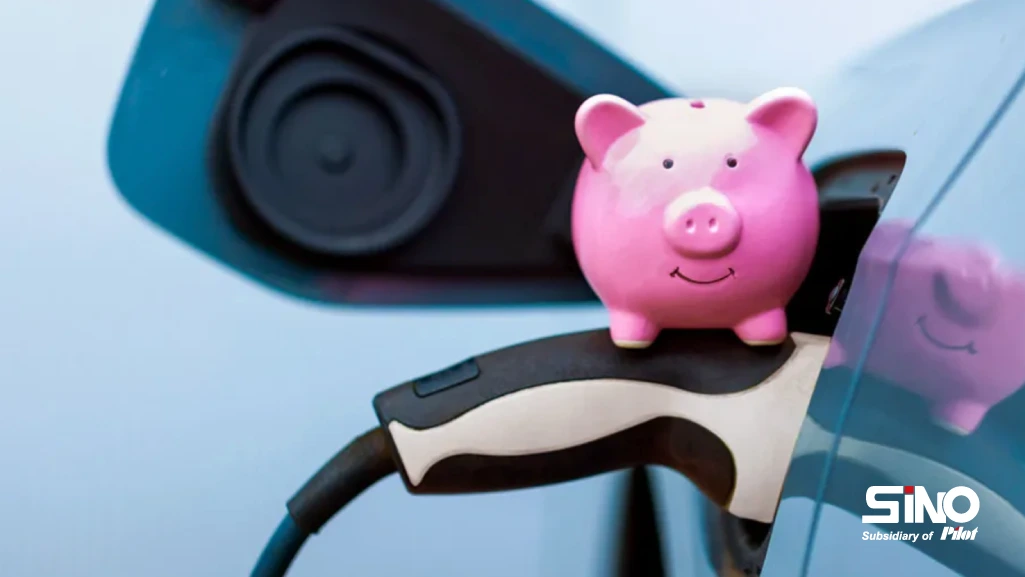
Infrastructure Development: Building the Foundation for Growth
Charging Network Expansion
A strong charging infrastructure is crucial for the widespread adoption of electric vehicles (EVs). In recent years, we have seen significant advancements in expanding the charging network, both in cities and along major highways. Public charging stations are becoming increasingly prevalent, with many municipalities installing charging points in parking lots, shopping centers, and public facilities.
Additionally, the progress in fast-charging technology has drastically shortened charging times . With DC fast chargers , it’s now possible to charge an EV to 80% in just about 30 minutes, making long-distance travel in an EV much more convenient. As the charging network continues to grow and improve, consumers will gain more confidence in the practicality of using EVs for both everyday and long-distance travel.

Smart Grid Integration
Integrating EVs with the smart grid is another key area of infrastructure development. Smart grid technology enables efficient management of electricity flow, allowing EVs to interact with the grid and optimize their charging schedules. This not only helps balance electricity demand but also enables EV owners to benefit from off-peak electricity rates, which can further decrease their charging expenses.
Moreover, vehicle-to-grid (V2G) technology, currently in experimental phases, has the potential to transform the energy landscape. V2G allows EVs to return electricity to the grid during peak demand times, offering a valuable power source and assisting in stabilizing the grid.
Conclusion
The swift advancement of electric vehicles stems from various factors, such as technological progress, supportive policies, increased market demand, and improved infrastructure. As these trends persist, we can anticipate a significant rise in EV adoption in the near future, paving the way for a cleaner and more sustainable transportation landscape.
FAQs
Q 1: What are the main battery – related challenges for EVs?
A: The primary challenges related to batteries include technological bottlenecks. While lithium-ion batteries have advanced, they still require enhancements in energy density to extend driving range. Additionally, battery degradation remains a key concern, as repeated charge-discharge cycles lead to diminishing capacity, ultimately impacting the performance and lifespan of electric vehicles.
Q2: How does the layout of charging infrastructure affect EV adoption?
A: The charging infrastructure is unevenly distributed, with a concentration of charging stations in large cities and along major highways. This leaves remote rural areas, small to medium-sized cities, and some older urban neighborhoods underserved, creating challenges for EV owners in these regions and limiting the practicality of electric vehicles.
Question 3: What are the main consumer concerns regarding EVs?
A: Many consumers have concerns regarding the safety, performance, and reliability of electric vehicles (EVs). Common worries include the risk of battery fires and how EVs handle extreme weather conditions. This lack of understanding often makes potential buyers hesitant to consider EVs. Some potential consumers also worry the slow charging with AC EV chargers and sometimes have to wait for a long time to be in a line to get their car charged.
Question 4: Why are the maintenance costs of EVs a concern?
A: While EVs have fewer moving parts than traditional fuel-powered vehicles, some components can incur high maintenance costs, particularly battery pack replacements. Additionally, the relatively new technology of EVs has led to a shortage of qualified maintenance personnel and technical support, further complicating and increasing maintenance expenses.
Our Social
Facebook: www.facebook.com/sinoevc
Instagram: www.instagram.com/sinoevc
Linkedin: www.linkedin.com/company/sinoevse
Youtube: www.youtube.com/@sinoevc
Twitter: www.twitter.com/sinoevc

“Charging for A Better Life”
—Zhuhai Sino Energy Technology Co.,Ltd.



